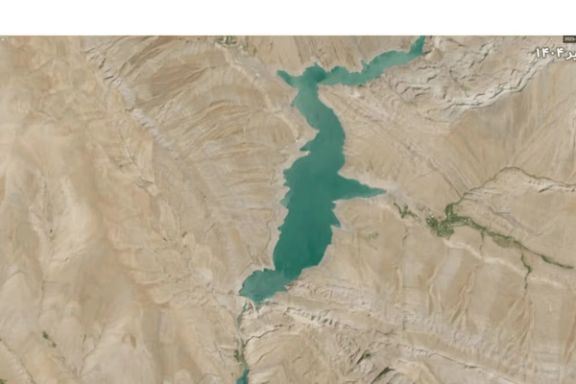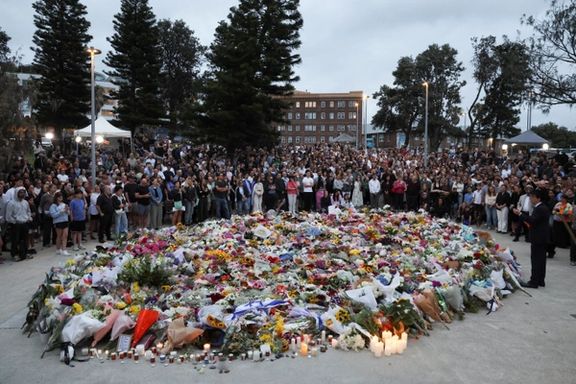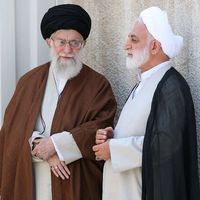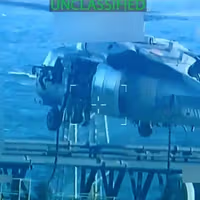The research concentrates from 2017 to summer 2025, on reservoirs like Amir Kabir (Karaj), Lar and Latyan in Iran.
Newly released images show that in no previous period has the decline in water reserves at these reservoirs been as severe as in the summer of 2025.
“This could be summed up in one term: water bankruptcy,” Kaveh Madani, head of the United Nations University's Water, Environment and Health Institute said after observing the satellite images.
“The situation is not merely a crisis but a state of failure, as some of the damage is irreversible,” Madani added.
Amir Kabir Reservoir, one of the key sources of drinking water for Tehran and agricultural use in Alborz Province with a storage capacity of over 200 million cubic meters currently holds only about six percent of its usable volume.
Tehran on the brink of thirst
Iran has recently faced an unprecedented heatwave, and many natural and engineered water reservoirs across the country particularly in Tehran, Alborz and Fars provinces are nearly depleted.
In the capital Tehran, officials have attempted to curb consumption through emergency measures, including repeated water and electricity outages and temporary office closures on certain days.
"While dams have played a major role in development and cannot be completely dismissed, the overreliance on these structures and the absence of sound policymaking have been grave mistakes,” Madani said.
"You cannot keep expanding Tehran forever and expect the skies to keep raining or the aquifers to keep producing water,” Madani added.
Lar Reservoir, with a capacity of about 960 million cubic meters, supplies drinking water to parts of eastern and northern Tehran. Its reserves have now fallen below 10 percent.
Water scarcity, infrastructure erosion
Latyan Reservoir, another key source for eastern Tehran is now operating at just about 10 percent of its 95 million cubic meter capacity. In addition to drinking water, the reservoir also plays a role in seasonal flood control, and its sharp decline poses multi-dimensional risks.
The drop in Latyan Dam’s reservoir level has severely impacted both drinking water supplies and the ecological functioning of the surrounding system.
Exposure of policy failures
The satellite images reveal go beyond a seasonal drop. Tehran traditionally sources around 60 to 70 percent of its drinking water from the Lar, Latian, and Amir Kabir reservoirs. The simultaneous depletion of all three—coupled with the overdrawn state of groundwater resources—has placed the capital at risk of a systemic water crisis.
"The dramatic reduction in water volumes at Tehran’s reservoirs is not just a passing warning, but evidence of a structural failure in the country's water resource management,” said Roozbeh Eskandari, an environmental researcher.
“If this trend continues, the capital could face widespread drinking water rationing, loss of agricultural land, further depletion of aquifers and even social unrest,” Eskandari added. “The crisis is the result of a complex interplay of climate change, uncontrolled consumption growth, and poor governance in the water sector.”











